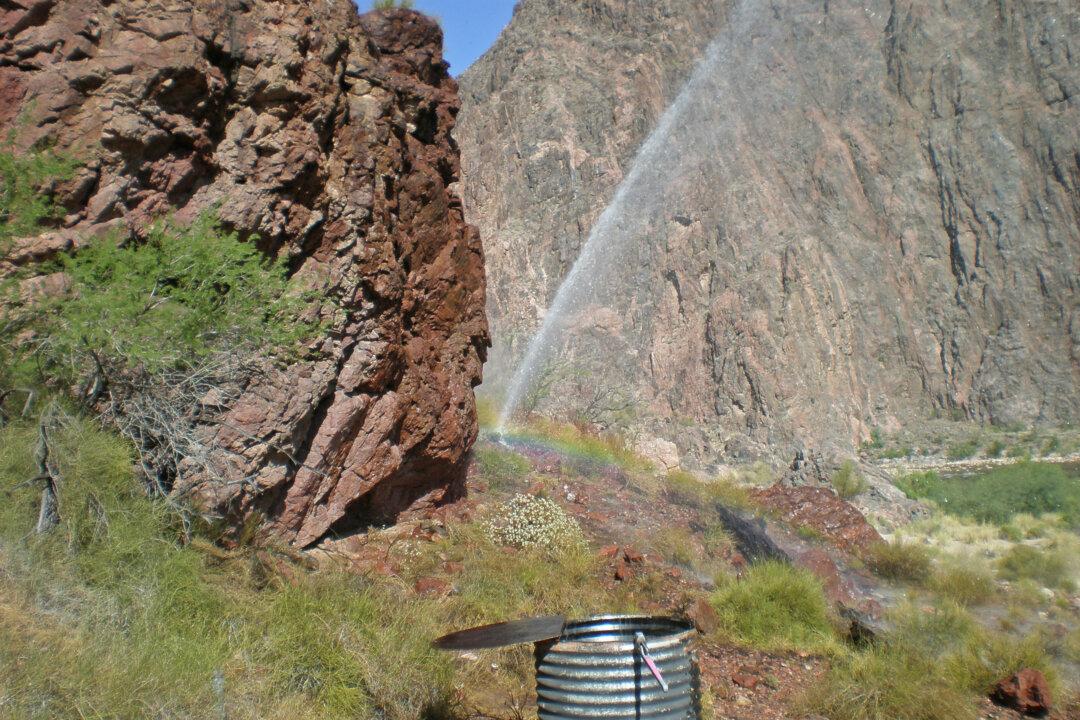NEW YORK—They dress up, paint their faces, and yell until their voices are hoarse. Sports fans may not wear three-piece suits, but they are big business for New York City.
And New York City has what it takes to draw them in. “When people look at the New York–New Jersey region, they see it as a sports hub unlike any other,” said Mike Hopper, vice president of sports marketing for NYC & Company.
“They can come to town and, if they play their schedule right, they can probably see four games within a few days,” said Hopper.
With Madison Square Garden (MSG) set to complete its nearly $1 billion renovation this year, the region can now lay claim to a new football stadium, two new baseball stadiums, one brand new basketball arena, and one heavily made-over iconic basketball arena (see infographic for details).
The private investments are paying dividends by driving marquee events to the area, such as the Major League Baseball (MLB) All-Star Game, which will be held at Citi Field in Queens this summer, and the Super Bowl, which will be held at Met Life Stadium just across the river in East Rutherford, N.J., in February 2014.
Fans cheer during the NFL season opener between the New York Giants and Dallas Cowboys at MetLife Stadium in East Rutherford, NJ on September 5, 2012. (Michael Heiman/Getty Images)





